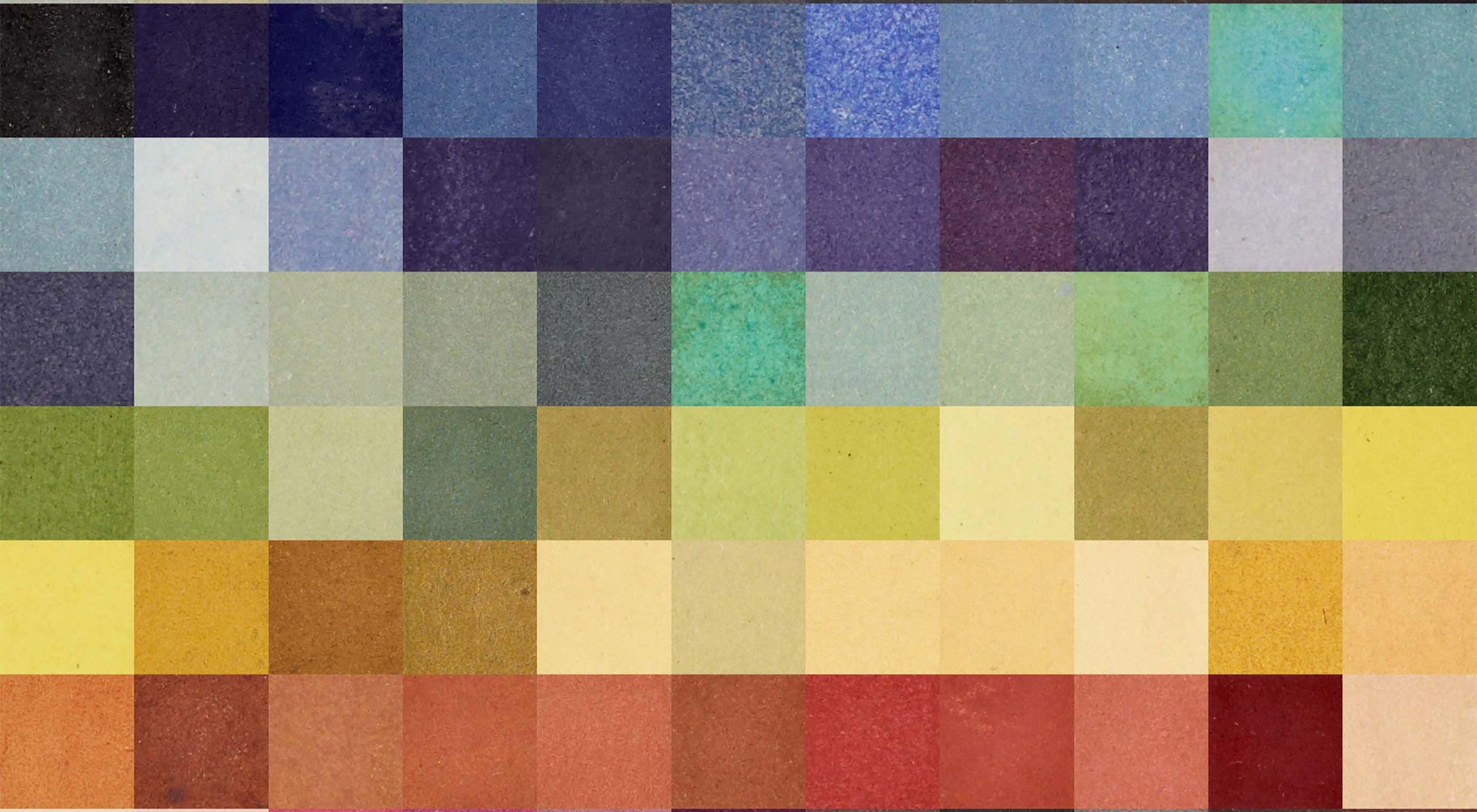Introducing GitHub Actions Part-2
The software development process from conception of the idea to writing of code and finally deploying the finished product can be quite tedious at times. You need to handle a variety of things beyond just writing the code. But what if you could take some of this work off your shoulders? Well, this is where Github Actions come in.
A new feature recently introduced into Github, Github Actions allow you to automate your workflow by letting Github take care of a number of processes which can be triggered by a variety of events on the platform, be it pushing code, making a release or creating issues among others.
What can you do with Github Actions? The possibilities are limitless, you could do anything from:
handling continuous integration and deployment (building, testing and deployi...


